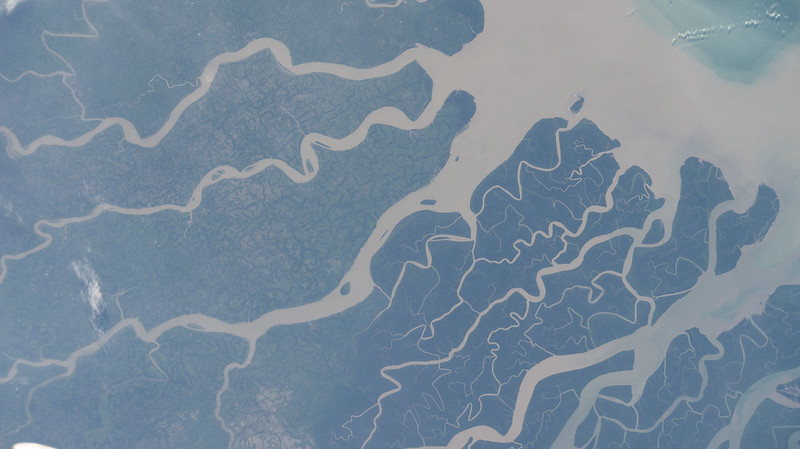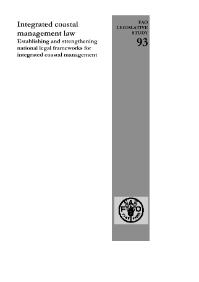The blue carbon market in Vietnam: Future development, potential and challenges
This report was prepared in response to a request from the Vietnamese government, notably that of the Ministry of Agriculture and Rural Development. Its aim is to provide information on the carbon market in general, but also specifically as it relates to forestry, with a focus on blue carbon. This information is intended to support the government to design and implement high quality blue carbon policies, projects and credits.




